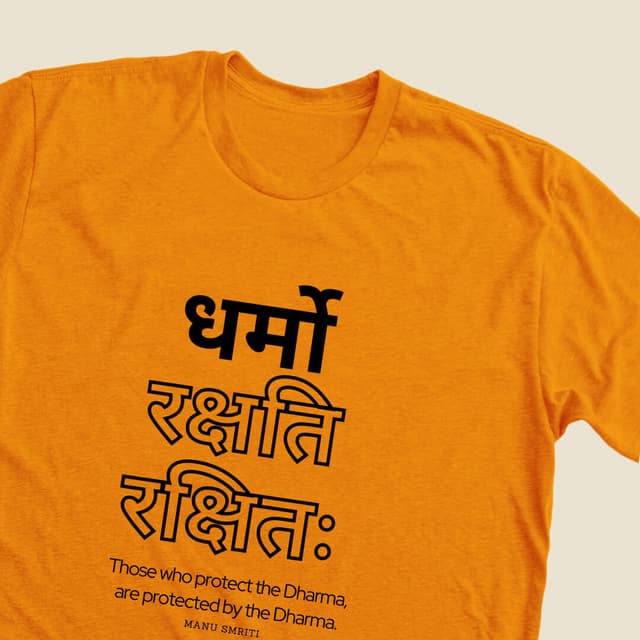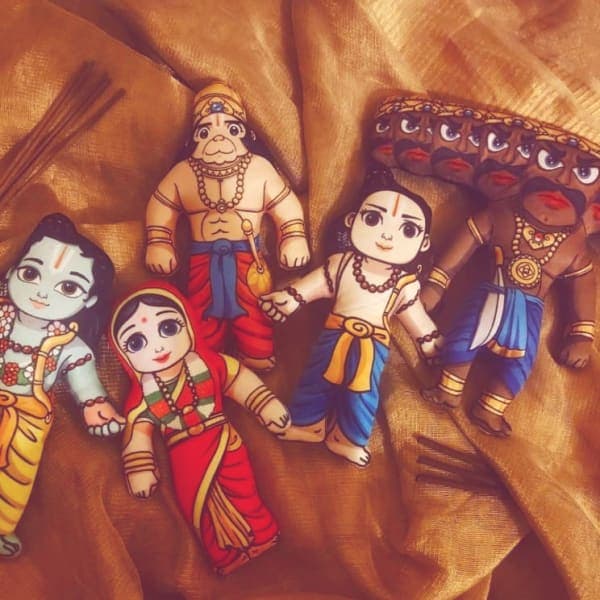The Sanskrit Language Itself is Evidence of Great Civilization- Pt1
The Sanskrit language, extending to Vedic Sanskrit, is a highly refined sophisticated poetic language that appears connected to both the courts of kings and to great religious teachings and festivals.
The Vedic language
The Vedic language is called Chhandas or meter. Each meter has its numerical basis from the Gayatri at 24 syllables to Jagati at 48 syllables.
The very sophisticated nature of Vedic Sanskrit also requires a great civilization to support it. The tendency among modern scholars has been to honor the Sanskrit of Panini as sophisticated but regard the Sanskrit of the Rigveda as primitive. Yet the two are closely related and Paninian Sanskrit relies heavily on the Vedic for its background structure and depth. If Paninian Sanskrit reflects a profound intelligence in the culture, so must the Vedic.
Yet as Vedic literature is itself diverse and has many layers, we cannot necessarily identify it with only period of ancient India. It likely spans Pre-Harappan and Harappan eras and we know it endured into the Post-Harappan era as well. As India is a vast area there may have been other types of peoples or literature there as well. The Vedic though obviously important need not be regarded as the only one involved.
Vedic texts are compilations and have many layers and overlap, like Puranas or Bible. They can span long historical periods, with much difference in time between initial material and final redaction. The Vedic literature consists of a number of texts of which the Rigveda is not only the oldest and largest, but may reflect the most extensive period of time for its complication.
The Puranas indicate that the compilation of the Vedas that we have, that of Krishna Dvaipayana is the last of a set of twenty-eight, which could give it a very extensive antiquity.
...




